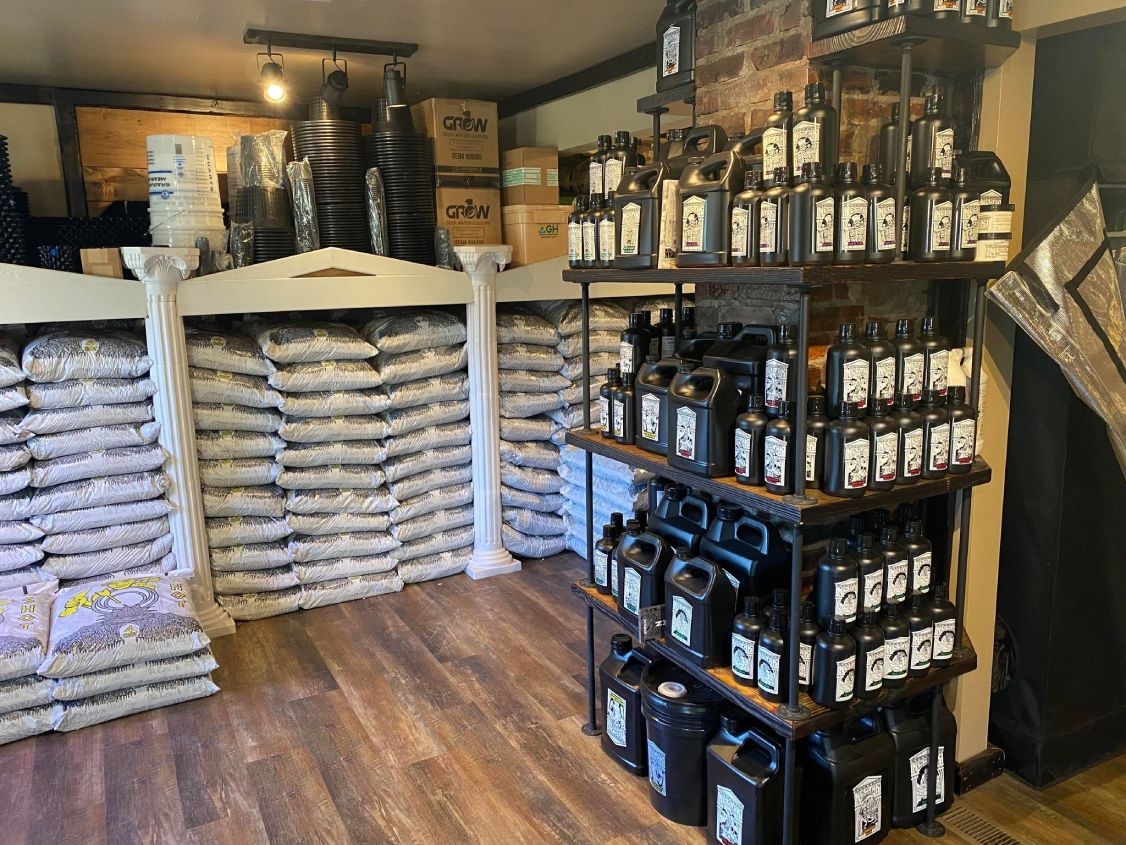Opening the Possible of Hydroponics: Recognizing Its Uses and Different Types
Hydroponics, a method of cultivating plants without soil, has actually garnered raising attention for its possible to change agriculture and cultivation practices. As we navigate through the detailed landscape of hydroponic systems and strategies, it comes to be obvious that each strategy holds distinctive benefits and limitations.
Advantages of Hydroponic Systems

An additional benefit of hydroponic systems is the capability to expand plants in a smaller area. Hydroponic systems reduce the danger of soil-borne diseases and pests, as there is no soil to nurture these hazards.
Typical Utilizes in Agriculture

Offered the reliable water preservation and space-saving advantages of hydroponic systems, it appears that these innovative farming approaches have discovered common usages in different sectors of farming. In typical farming, soil-based farming can be labor-intensive and land-consuming. Hydroponics supplies a solution by permitting plants to be expanded without dirt, reducing water use by as much as 90% compared to conventional farming techniques. This makes hydroponics particularly suitable for areas dealing with water deficiency or restricted arable land. Moreover, the controlled atmosphere of hydroponic systems makes it possible for year-round farming, supplying a consistent supply of fresh produce no matter outside climate condition.
Hydroponics is commonly utilized for expanding a selection of plants, including leafy eco-friendlies, tomatoes, cucumbers, natural herbs, peppers, and strawberries. Its flexibility encompasses vertical farming, metropolitan agriculture, and greenhouse production. Furthermore, hydroponic systems are made use of in research study and instructional setups to research plant nutrition, farming, and growth methods. The adaptability and effectiveness of hydroponics make it a beneficial tool in modern-day agriculture, attending to the challenges of sustainability, food security, and resource optimization.
Checking Out Different Hydroponic Techniques
Hydroponic systems provide an array of techniques that cater to different plant kinds and cultivation goals. Additionally, the Ebb and Circulation system, likewise recognized as the Flood and Drain system, see periodically floodings the plant roots with nutrient option, allowing for oxygenation during draining durations. Each of these methods showcases the versatility and effectiveness of hydroponic systems in improving crop development and return.
Contrasting Various Hydroponic Systems
Checking out the performance and return enhancement techniques in hydroponics leads us to compare numerous hydroponic systems readily available for crop cultivation. Each hydroponic system has its unique functions, advantages, and constraints, making it essential for cultivators to pick the most appropriate system based upon their specific needs and restraints.
One of the most typical hydroponic systems is the nutrient movie method (NFT), where a slim film of nutrient solution constantly moves over the plant origins. In comparison, the deep water society (DWC) system immerses plant origins directly into the nutrient service, offering sufficient oxygen and nutrients.
One more popular hydroponic system is the ebb and circulation (or flooding and drain) system, which occasionally floodings the plant origins with nutrient solution before draining it. By recognizing the distinctions in between these hydroponic systems, growers can make enlightened decisions to maximize plant yield and high quality.
Technologies in Hydroponic Modern Technology
One crucial innovation is the growth of clever hydroponic systems that use sensing units and automation to keep an eye on and readjust environmental conditions such as pH levels, nutrient concentrations, and light direct exposure in real-time. These systems allow accurate control over expanding problems, leading to optimal plant growth and higher plant yields.
Another remarkable development is the assimilation of upright farming methods with hydroponic systems, enabling the growing of plants in stacked layers. This upright method takes full advantage of room usage, making it suitable for metropolitan environments where land schedule is limited - The Indoor Earthworm. Furthermore, using sophisticated LED illumination systems customized to particular plant requirements has boosted energy effectiveness and improved growth prices in hydroponic Full Article setups
Advancements like these are driving the advancement of hydroponics, making it a highly eye-catching and lasting choice for contemporary agriculture.
Final Thought
Finally, hydroponics supplies countless advantages in farming and has various methods and systems that can be utilized to optimize its possibility. Advancements in hydroponic innovation proceed to boost effectiveness and sustainability in food production. By understanding the uses and different kinds of hydroponic systems, farmers and growers can unlock the complete potential of this innovative approach of expanding plants without soil.
Furthermore, hydroponic systems permit for much better control over nutrient degrees, pH balance, and environmental problems, leading to healthier plants and higher yields.
